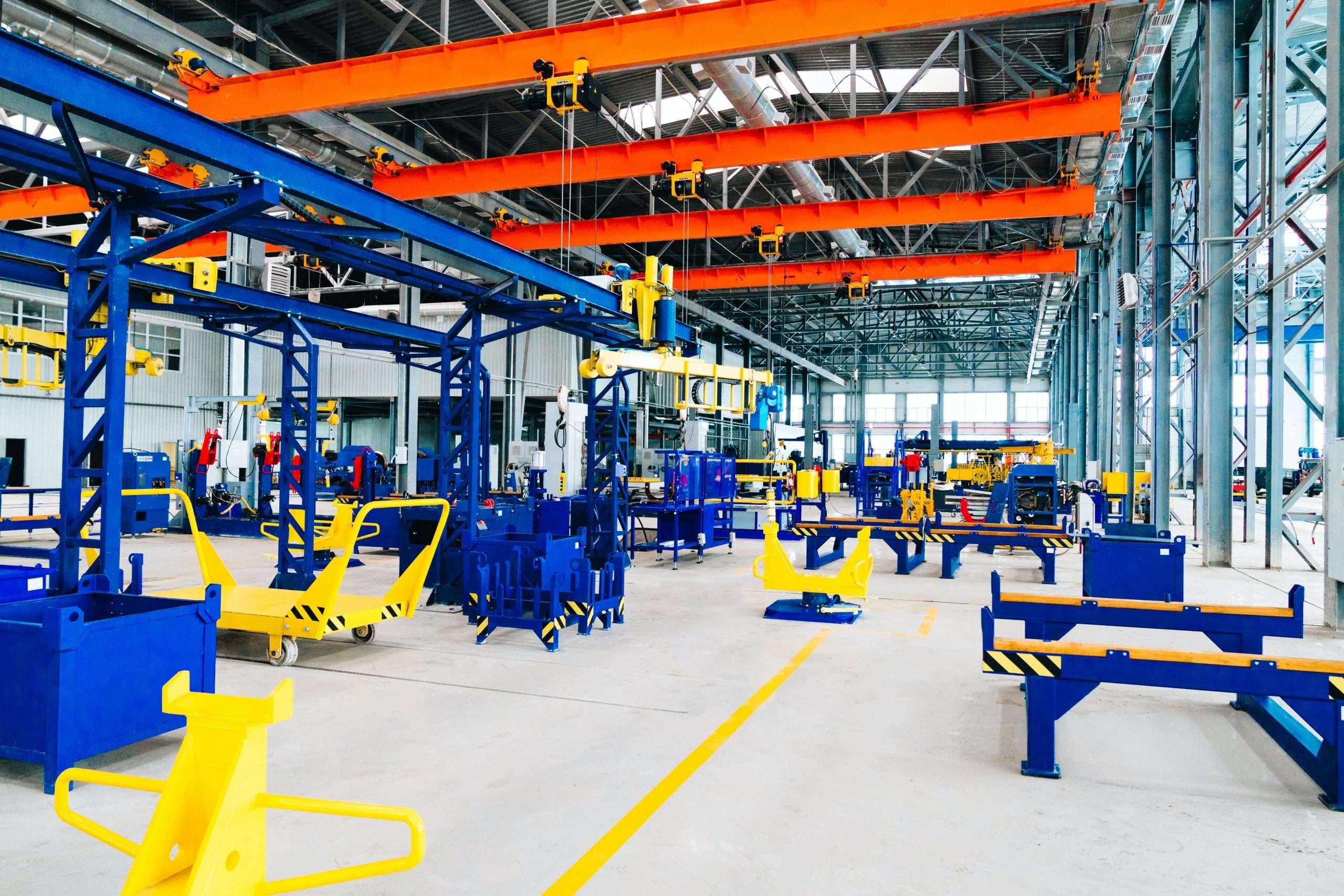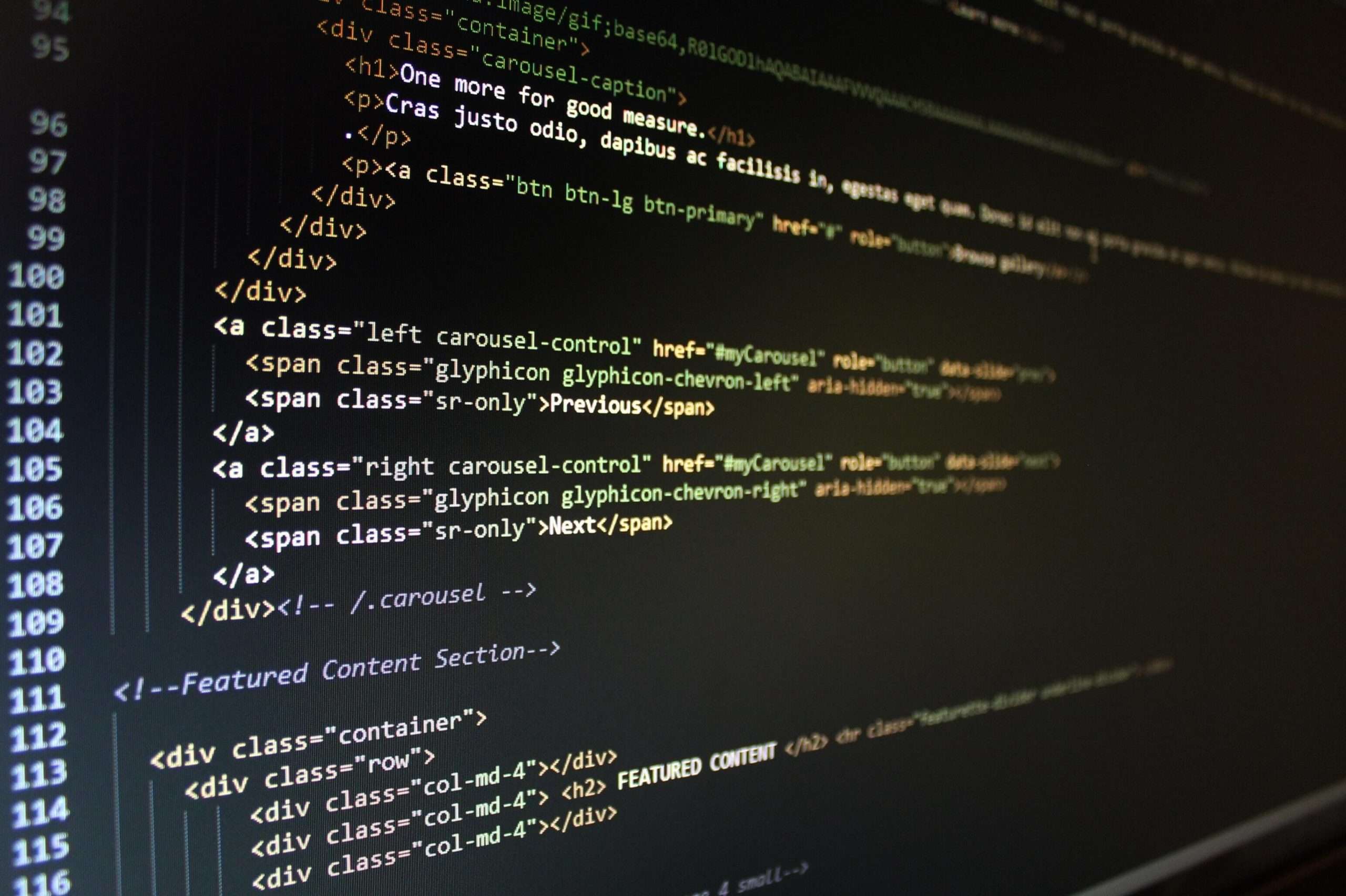Among the 17 SDGs, we find two that are particularly closely connected. SDG 8 is related to strategies that promote inclusive and sustainable economic growth, employment and decent work for all. When an industry builds resilient infrastructures, promotes sustainability and fosters innovation (SDG 9), it is also helping achieve the objectives of SDG 8. However, businesses still need to deal with issues related to productivity and cost reduction. Job automation is beginning to address all of these issues at once.
Job and task automation is a contentious topic. AI is continuing to revolutionise the workplace, but at what cost? Many businesses and industries are now utilising automation to enable more effective output (Dixon, 2021). But how will this affect society at an individual and collective level?
Job automation has a tense and fascinating history that still reverberates with many people today. During the Luddite revolts in the 19th Century, textile workers systematically destroyed new machines that threatened their work. Many people today still feel that job automation threatens something that is core to being human. Dominant perceptions are that automation reduces an individual’s personhood. Are these concerns warranted? And what are the real implications of job automation?

What is Job or Task Automation?
Job automation is the replacement of human labour to do a task or process. Job automation is quickly becoming the defining element of our future. The emerging fourth industrial revolution has resulted in the complete transformation of many industries through the use of technology, including AI and automation. The impact of this is potentially huge. The workplace is set to be entirely redefined, but there are also broad socio-economic implications.
Job automation also has the capacity to address the climate crisis. It does this by making renewable energy, sustainable agriculture and sustainable industry much more efficient (Arcelay, et al, 2021). Automation should be used to help realise smart cities, manage renewable resources and create sustainable industries. This could benefit both the economy and our global ecology.
What are the implications when it comes to the workplace? In what ways does the technological revolution and job automation affect future employment? And what factors must we consider to ensure a net-positive impact on all socio-economic levels?
will Job automation increase or decrease jobs?
When it comes to commerce, a recent study highlighted how technological innovations within firms has the capacity to generate more jobs as production becomes more efficient. This would streamline management, potentially reducing middle management whilst also providing managers with more managerial insight. The new jobs generated can help meet the demands for greater productivity created by automation (Dixon, 2021). But we should make job security and valuing our workers our number one priority.
Construction
Massive increases in technological advancement within many industries has allowed for increased automation of manual labour. The construction industry is beginning to use robotics to carry forward engineering capacities. From brick laying to steel welding, to concrete surface finishes, construction is seeing a complete overhaul thanks to robotics. The use of computerisation and AI within construction is part of new projects concerning smart buildings and smart cities. With these tools, the construction industry is able to generate data to enable more effective use of energy and resources (Baduge, et al, 2022).
What are we likely to see in construction? Frankly, we will still require human labourers to do manual work, but robots will do the repetitive tasks. Brick laying is particularly likely to become mostly automated. Skills like driving and managing equipment will still be highly valued. This is also on opportunity to focus on upskilling workers to improve higher order project management. Further education and training will be needed to offset the changes created by job automation. Infrastructure gaps can be effectively filled by automation, and the workforce can become adaptive. We will see an increase in dynamic workplaces and adaptive workforces (Chui, et al, 2019

Source: Pexels.com
Renewable Energy
The changes we will see in the renewable energy industry will be similar. That is, automation will not eradicate blue-collar jobs, but allow, thanks to further training and development, for the creation of technical and skilled green-collar jobs.
Sustainable industries are seeing a lot of job and process automation already. To give an example, desalination procedures, in which fresh drinking water for human consumption is created from seawater is seeing a lot of automation (Gude, 2017). As well as this, some core parts of agriculture are being automated to help address global water scarcity (Gude, 2017). New technologies are also being used to create plant-based and cell-based proteins, as part of wider innovations to supplement food from animal agriculture and fisheries (Yu, et al, 2022). Automation is also being used on wind farms (Ohlendorf, et al, 2020).
We should look at the potential impacts that these advancements could have on employment in these sectors optimistically. Farmers and others living in rural areas stand to benefit from increased demand for alternate proteins, which requires crop farming for supply (Newton, et al, 2021). This in turn could also involve water created by desalination, building the need for that industry. Once elected, the Biden administration immediately delivered an executive order that introduced a new green industry. This industry is projected to employ millions of new workers (WHB Room, 2021). Green energy workers will receive higher pay than workers in other industries because they have more in-demand scientific skills. This will complement automation economically (Muro, et al, 2019).
Worker Displacement is Undeniable
The creation of new jobs is not enough to make job automation come off without a hitch. Worker displacement is an undeniable risk factor in the use of automation that we will have to reckon with (Narenzo, et al, 2021). While many are rightly optimistic about job automation, we cannot be naïve. More careful consideration of how job automation affects the whole ecology of work, as well as what work means, is needed.
The Importance of Job Automation in the History of the Workplace
We need only take a second’s glance at the history of how the workplace has changed due to the earlier industrial revolutions to see the driving importance of job automation. The impacts of the industrial revolutions of the 19th century exist right up to today. The first and second industrial revolutions laid the foundations for future progress. The 3rd or ‘digital revolution’ began in the latter 20th century and slowly revolutionised work in the direction of technology, unfolding with the widespread adoption of computers and the partial robotisation of some industries (Haradhan, 2021). The fourth industrial revolution will see major automation in nearly every imaginable industry, pushing humans to reinvent how they work and what they create, as well as the very meaning and value of human labour.

Source: Pexels.com
Automation Will Drive the Creation of New Niches
Job automation in sustainable industries means a greater increase in productivity. Interestingly, this also mitigates work stresses in certain industries and in turn provides greater economic incentives. Newer sustainable industries are also seeing these benefits (Dixon, et al, 2021). The jobs of the future will be new niches that are created as secondary affects of the implementation of job automation, as mentioned earlier. Because there will be an increased need for productivity, the jobs of the future will need to address tasks and processes in new and more efficient ways (Dixon, et al, 2021).
The Benefits For employees
Automation will mean that energy is used more efficiently, including in new forms of technologised agriculture (Arcelay, et al, 2021). This will result in more efficient productivity and economic stimulus. The positive economic impacts of automation will be seen in regard to healthcare expenditure. We may be able to afford cuts to public health funding in a context where green cities, better food and happier work abides (O’Neill, 2016).Automation could also make a social impact in the sense that jobs that are overwhelmingly stressful can be replaced by robots (Turner, et al, 2017). If we manage the fourth industrial revolution in a way that allows for job security and new options for workers, our collective work satisfaction and health may see huge positive changes.

Source: Pexels.com
Conclusion: automation is the Future
Job automation will not mean the eradication of inequality. There will be still be difficult barriers in infrastructure for many in certain parts of the world. However, new technologies could also be used to create more equality between global regions. Nations that are able to quickly get on board with job automation are likely to do better than those who aren’t.
In many ways, the automation of industry stands to exacerbate current inequalities between the global north and the global south (Carley, et al, 2020). UNESCAP shows that during the third industrial revolution, many parts of the world caught up with the west in digital connectivity, whilst other regions lagged behind (UNESCAP, 2018). The fourth industrial revolution may see this same pattern play out in a more dramatic way.
By countries adopting and adapting to new technologies, particularly those where sustainability of industry exists, such as sustainable agriculture and renewables, this is where automation can be of greater benefit to the future. LINK TO SDGs
THRIVE recognises the potential for job automation to create a sustainable future, and advocates for the responsible and equitable use of automation in achieving ‘thrivability’. The THRIVE Project is researching, educating and advocating for a future beyond sustainability, visit our website. You can follow our informative blog and podcast series, as well as find out about our regular live webinars featuring expert guests in the field. Sign up for our newsletter for regular updates.
To learn more about how The THRIVE Project is researching, educating and advocating for a future beyond sustainability, visit our website. You can follow our informative blog and podcast series, as well as find out about our regular live webinars featuring expert guests in the field. Sign up for our newsletter for regular updates.























